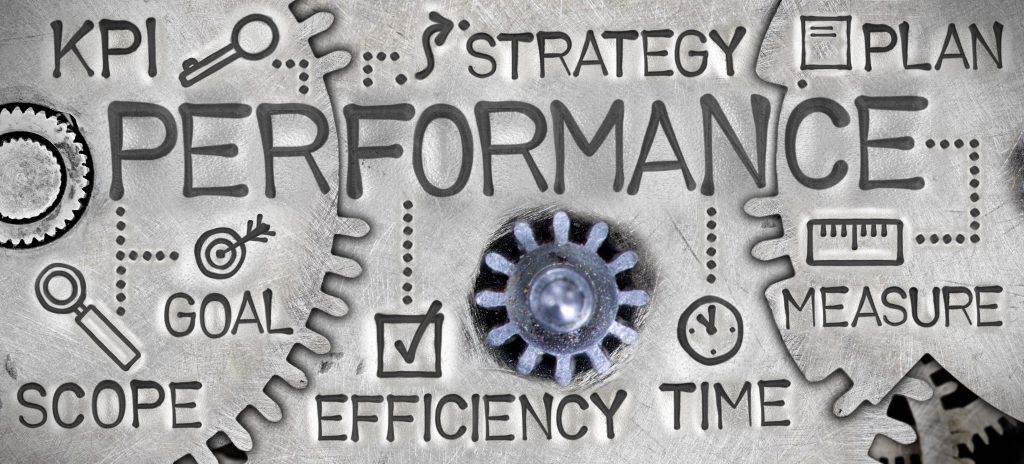
There’s good reason we’re encouraged to have a checkup with our doctors every year. Potentially unhealthy conditions can go undetected and an annual physical is a helpful way to catch any latent problems early on.
The same holds true for organizations. As companies review their strategies, resources and budgets here in the fourth quarter, it’s also vital to examine other key factors below the surface that are necessary to long-term health. Just like an annual health exam, the goal is to recognize problems early then take steps to prevent those concerns from negatively affecting your future growth and sustainability.
All it takes is a little checking in and checking up.
4 Factors to Check Up On
There are four key viability factors that help establish the foundation for growth and build resilience to support your strategy and future opportunities. When any one is ailing, your company can become vulnerable, putting your success at risk. Conducting a kind of a business health assessment can reveal your organization’s strengths and weaknesses in these viability areas.
Here are the top four life-expectancy factors you’ll want to examine alongside your annual strategy review. In each, look for telltale signs of potential problems lurking below the surface.
Vision and values. Companies that live long and prosper have a clear vision and a set of strong values. It’s this clear purpose, along with guiding principles that steer organizational decisions and actions in support of strategy.
Are your leaders cultivating company values at every organizational level and consistently communicating the vision for the future? Some signs of concern might include hearing “we don’t know what’s going on” from the workforce, or discovering department initiatives that don’t reflect your company vision or values.
Culture. The implementation of any strategy relies on corporate culture which can either support or sabotage your success. A healthy culture is necessary for securing successful strategic management behaviors. As the famous quote goes, “Culture eats strategy for breakfast.”
Are there current issues with employee retention, morale and engagement? Are you rewarding the right behaviors and actions and holding people accountable? If you sense anything is off, ask questions, conduct surveys, heed feedback and take action. The closer the fit between your culture and your strategy, the greater your chances of success.
Measurements. Establishing meaningful metrics in support of strategy is crucial. Measuring a range of performance data can keep things moving in the right direction, and long-term plans require measurable indicators just as quarterly objectives do.
But is your organization measuring all the right things? Are your key performance indicators connected to your larger strategic goals? Are they simple and actionable?
Your metrics should be designed to improve your business decisions on both an everyday and strategic level. Be sure to check that measurements you have in place still actually matter to your business.
Alignment. Aligning people, processes, and technology with your current strategy is equally critical to your success. Initiatives must likewise be aligned with your strategy.
Is your organization still structured to support your current strategy? Are the resources, capabilities and management systems required to pursue your strategy available and aligned?
From departments to teams to individual employees, you’ll need to get—and keep—your organization in sync so that their efforts are connected to your company’s overarching strategic goals.
Keep It Healthy
Sustaining growth requires vigilance, active leadership and constant management. Taking the time to examine these four internal factors equates to taking preventative measures that can keep your organization healthy and your strategic management, strong.
For a checkup on your strategies, contact George Bureau.
